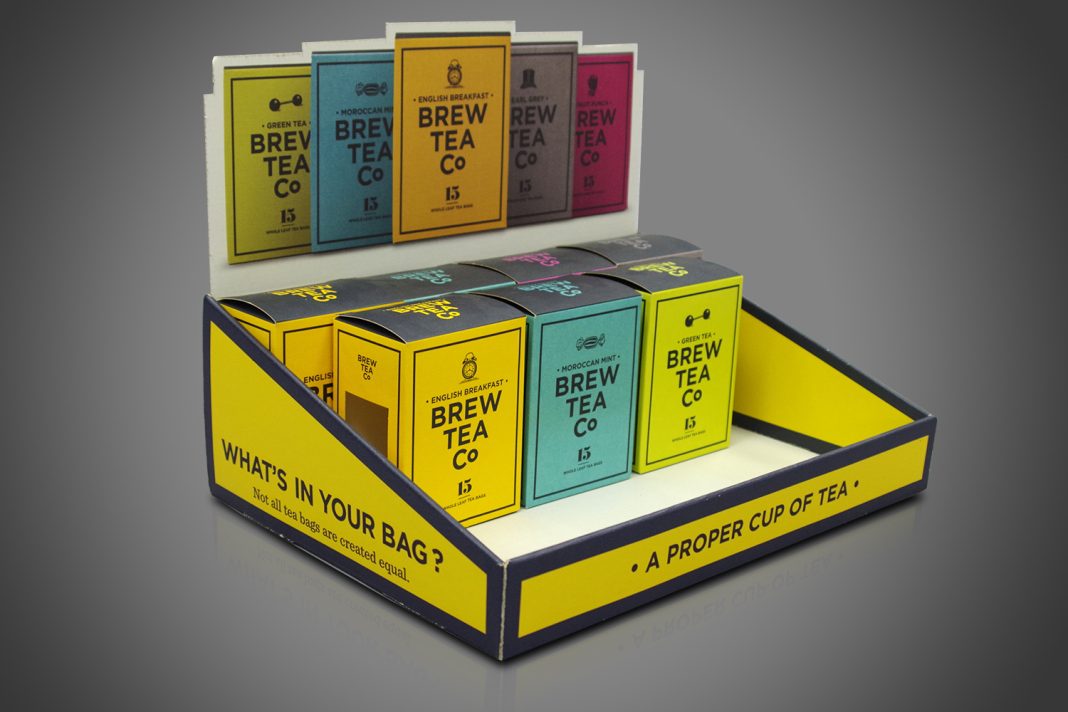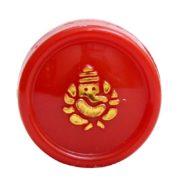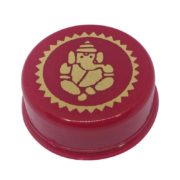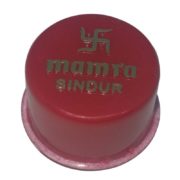Introduction
Display boxes are more than just packaging; they play a crucial role in consumer psychology and influence buying behavior. Understanding how these boxes impact consumer decisions can significantly enhance marketing strategies. This article explores the psychological triggers activated by well-designed display boxes and how they can drive sales.
The Role of Display Boxes in Consumer Perception
First Impressions Matter
When a product hits the shelves, its display box creates the first impression. A visually appealing box can attract consumers’ attention and make the product stand out among competitors. Simple, clear, and aesthetically pleasing designs are often the most effective in drawing the eye.
Colors Influence Emotions
Color psychology is critical in packaging design. Different colors evoke different emotions; for example, red can trigger excitement, while blue can induce calm. By choosing the right colors for their display boxes, brands can emotionally engage consumers, making them more likely to make a purchase.
Psychological Triggers Involved in Display Box Design
Visibility Enhances Recognition
A display box that makes a product easily visible or stands out through unique design features increases product recognition. High visibility ensures that the product remains top-of-mind for consumers, who are more likely to choose familiar items.
Touch and Interaction
The tactile aspect of a display box can also influence consumer behavior. Boxes that encourage interaction, like those with a smooth texture or interactive elements, can increase the likelihood of a purchase. Physical engagement with a product’s packaging can create a memorable experience, strengthening consumer-brand connections.
How Display Boxes Affect Consumer Decision Making
The Halo Effect
Well-designed display boxes can create a halo effect, where the quality of the packaging leads consumers to assume the product inside is of high quality. This perception can significantly sway purchase decisions and build brand credibility.
Convenience Drives Purchases
Consumers value convenience, and display boxes that are easy to handle or offer additional functionality (like easy storage or reusability) can appeal to this preference. A design that considers the consumer’s ease can enhance the overall attractiveness of the product.
Display Boxes as a Marketing Tool
Branding and Identity
Display boxes are an extension of a brand’s identity. They communicate a brand’s message and values at the point of sale. Consistent use of logos, taglines, and brand-specific colors can reinforce brand identity and aid in building customer loyalty.
Targeting the Right Audience
Understanding the target demographic is crucial in display box design. For instance, products aimed at children might use bright colors and playful graphics, while luxury items might opt for sleek, minimalist designs. Tailoring the packaging to appeal to the intended audience can make the product more appealing.
FAQs
Q: How do display boxes affect online consumers?
A: Even in online shopping, the image of the product in its display box plays a vital role. Good packaging can enhance the visual appeal and encourage clicks and purchases.
Q: Can the material of a display box affect consumer perception?
A: Yes, the choice of material can reflect product quality and sustainability. Eco-friendly materials are increasingly popular and can positively influence the buying decisions of environmentally conscious consumers.
Q: Are there trends in display box designs?
A: Yes, packaging trends can include minimalism, bold typography, and the use of innovative materials. Staying current with these trends can help a product maintain a competitive edge.
Q: How important is the size of the display box?
A: The size of the box should be appropriate for the product. Oversized or undersized packaging can lead to consumer distrust regarding product value and quality.
Conclusion
Display boxes significantly impact consumer behavior by influencing perceptions of value, quality, and brand identity. By understanding the psychological aspects of display box design, brands can craft packaging that not only protects their products but also plays a key role in attracting consumers and driving sales. With thoughtful design, a display box becomes a powerful marketing tool that enhances the shopping experience and supports consumer decision-making.





